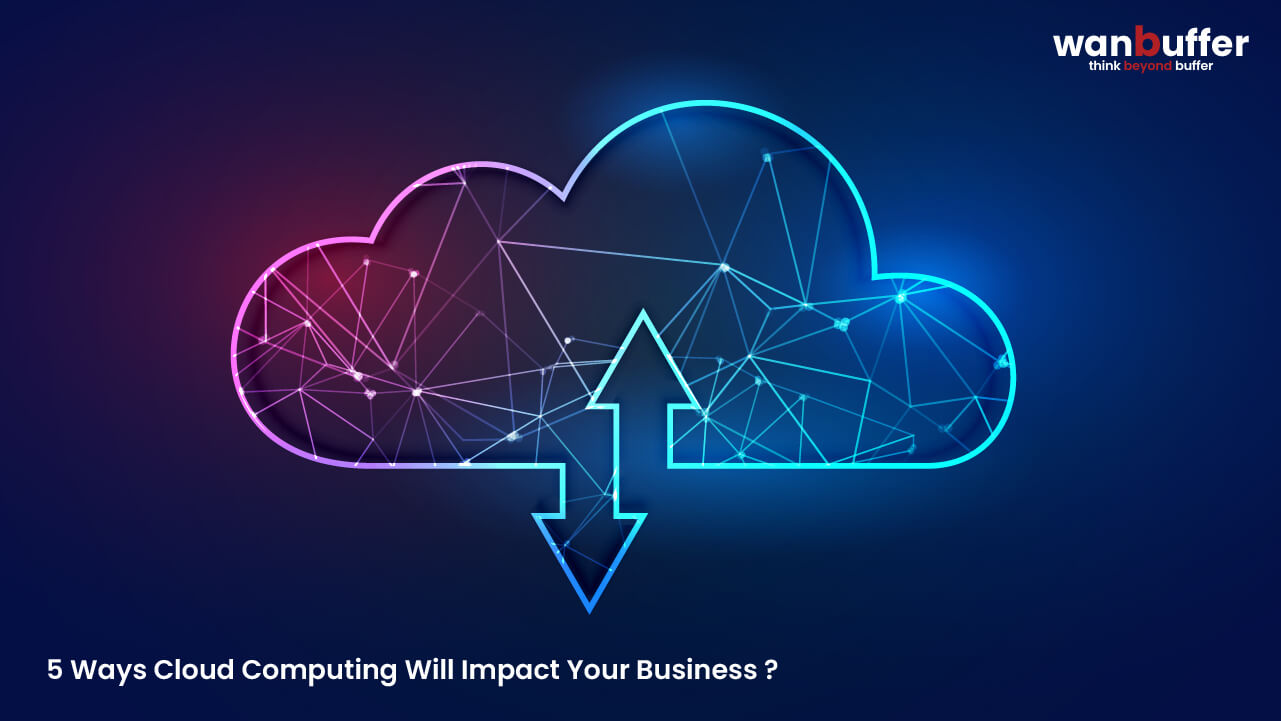
In 2023, several cloud trends are expected to shape global enterprises. These trends include Cloud 2.0, sovereign cloud, 5G and edge computing, industry cloud, and the emerging cloud talent gap
These forecasts are a part of the most recent advice on which cloud technologies are most likely to have an impact on the C-suite and how organisations may most financially and successfully manage these trends.
These discoveries come at a time when cloud usage is still rising, despite the strain that inflation and economic unpredictability are placing on business expenditure. Many company executives are apprehensive and perplexed about their technology investments due to the quick speed of change, yet this new age need greater strategic planning and a long-term perspective.
What’s future for cloud computing is a hot topic because nearly all clients use cloud services, and more than 616,000 workers work there. One of the most crucial choices any organisation will make in 2023 is to clearly focus on investing in the appropriate cloud infrastructure given how quickly technology is developing and converging. Business executives need to be aware that the cloud is no longer simply an IT issue but also a crucial business strategy.
A lot of early cloud investments were made in a hurry at the start of the Covid epidemic to support remote working or a naive cost-saving objective. The current state of the world economy forces companies to assess the genuine worth of their cloud strategy using metrics, and they are beginning to move their attention to improving their models for evaluating the value of the cloud and considering how it may serve customers or diversify income streams. This fresh viewpoint places the cloud as a fundamental building block of contemporary corporate strategy, which is essential for fostering expansion, change, and ongoing innovation.
Any organisation can adopt the security posture known as sovereign cloud to protect sensitive information and systems against foreign intrusion, either on a national or local level. More than 70% of nations have approved data and privacy legislation, according to the United Nations Conference on Trade and Development, pushing businesses to include sovereign cloud in their multi-, hybrid-, and poly-cloud plans to comply with regulations. This is going to make interoperability, portability, and smart system integrations more difficult yet necessary in 2023 and beyond.
Response times will be improved by moving computing and storage closer to the data sources, and developments in edge clouds will increase the number of applications for in-store and on-site activities. Cloud computing will play a bigger part in current business and daily life because of quantum computing, AI, machine learning, VR, and AR.
To provide business value beyond back-end IT operations, cloud computing may be specifically designed for different industries. Businesses investing in industry cloud-native solutions should expect an increase in their KPIs for efforts like energy-efficient sustainability projects and supply chains that are always changing. Industry cloud activity will increase in consumer-facing industries like retail and hotels, paving the stage for industry-specific cloud success stories to take off from this year ahead.
The cloud is opening new opportunities for businesses and employees, but the challenge is training staff to become multi-cloud architects. To provide staff with the training and tools for the new era of cloud innovation, enterprise, government, academia, and industry bodies must collaborate globally. Due to increased worker challenges brought on by the economic crisis, expect a scramble for top talent. To swiftly transform their cloud-powered company idea into reality, businesses must concentrate on educating, retraining, and maintaining their workforce.
Given the current state of the world economy, cloud expenditure will likely continue to come under scrutiny, but it will also grow, especially over the medium to long term. Innovation is being sparked by new technologies and partnerships, which are also providing crucial cloud-powered services for international trade. Businesses that proactively create “cloud-first” strategies to address and master these developments will be better equipped to see a healthy return on their investments through 2023.
As Wan buffer services embrace the cloud’s transformative potential in 2023, it’s essential to focus on strategic investments and stay ahead of emerging trends. By doing so, businesses can harness the power of the cloud to drive growth and innovation in an ever-evolving landscape.
Wan buffer services thrilled to be part of Odoo Community Days India 2024! Mark your calendars for August 23-24 to engage with industry leaders and discover the latest in Odoo technology and solutions. See you there!